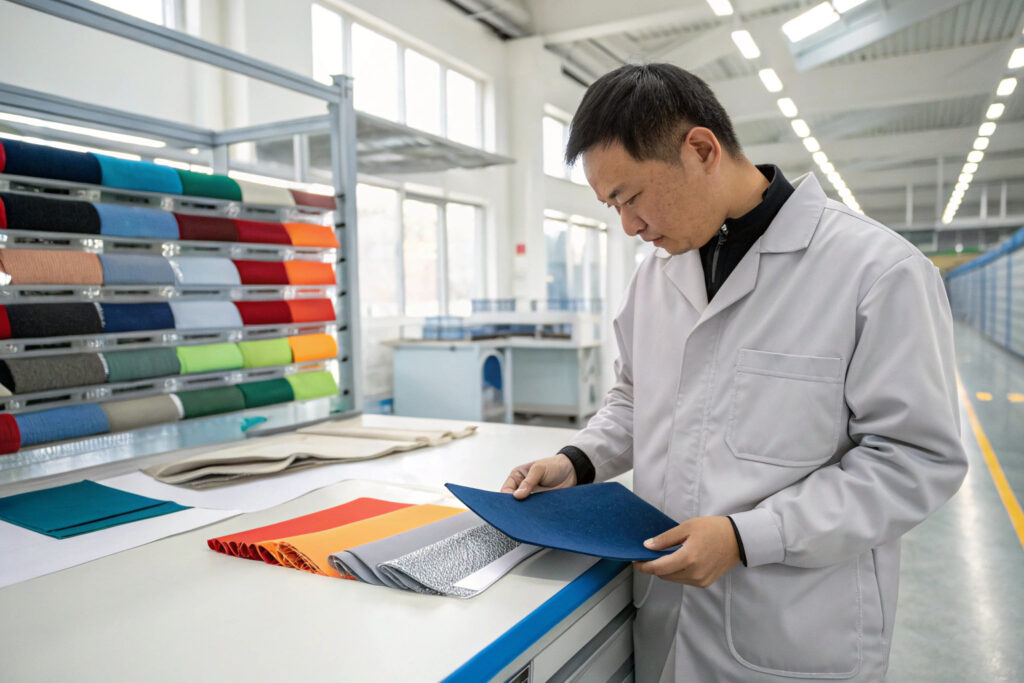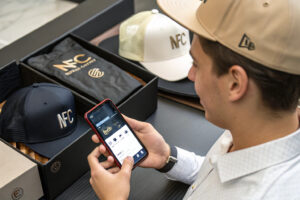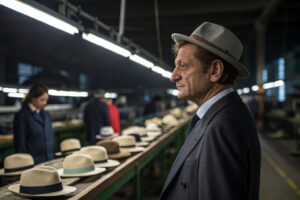Performance cap buyers today are demanding more than just style—they want real functionality. Whether it's running in hot climates or wearing hats all day for work, odor resistance and hygiene are non-negotiable. That’s where anti-bacterial fabrics step in. But sourcing them efficiently—especially for caps—isn’t as simple as choosing from a fabric book.
You can source certified anti-bacterial fabrics for caps from specialized Chinese textile zones, verified labs, and mill-direct exporters with low MOQs.
In this article, I’ll walk you through the ideal fabric choices, how to find reliable suppliers, how to verify authenticity, and what you should expect when placing functional textile orders—especially from Asia.
What Fabrics Offer the Best Anti-Bacterial Properties?
If you're developing a hat meant for heavy wear—sports, factory work, or outdoors—you want a fabric that fights odor and bacteria. But not all materials are created equal.
Top anti-bacterial fabrics for performance hats include silver-ion polyester, bamboo blends, and zinc-treated synthetic knits.
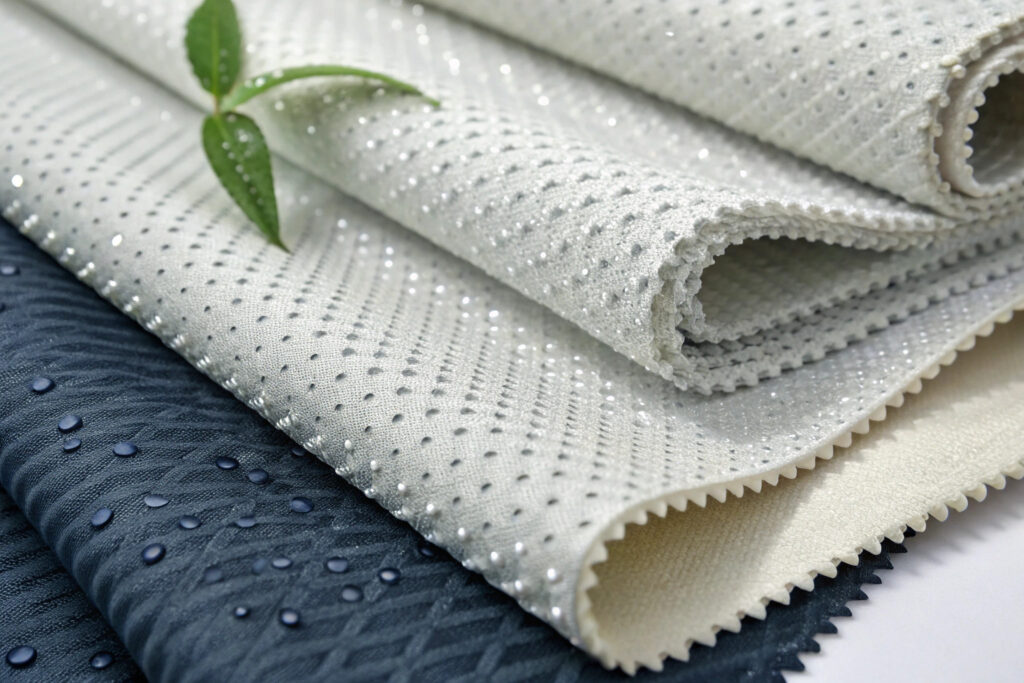
Which Technical Fabrics Should You Consider?
Here's a shortlist of high-performance materials for anti-bacterial caps:
| Fabric Type | Anti-Bacterial Agent | Benefits |
|---|---|---|
| Silver-Ion Polyester | Embedded Ag+ Ions | Long-lasting odor control |
| Bamboo Viscose Blend | Natural Lignin | Sustainable, breathable |
| Tencel with Zinc | Zinc-oxide Finishing | Soft touch + skin safe |
| Treated Nylon Mesh | Antibacterial Coating | Quick-dry + structured form |
Most of these materials are designed for athleisure, cycling, medical, or outdoor hats. As noted by ScienceDirect, silver-ion-based yarns can kill up to 99% of odor-causing microbes over time.
What Applications Are They Best For?
- Running caps: Quick-dry mesh with Ag+ or bamboo
- Uniform caps: Poly-cotton with zinc-treated finish
- Outdoor sport caps: UV+anti-bacterial polyester microfibers
Check textile-focused hubs like Texintelligence for case studies on fiber performance in hat manufacturing.
Where Are the Top Manufacturers of Anti-Bacterial Textiles?
Not all suppliers can deliver true anti-bacterial textiles that meet B2B production needs. You need reliable mills, preferably located in established textile zones like Shaoxing, Jiangyin, or Guangzhou.
Keqiao in Zhejiang, and high-tech parks in Jiangsu and Guangdong, are home to the top anti-bacterial textile exporters for performance hats.
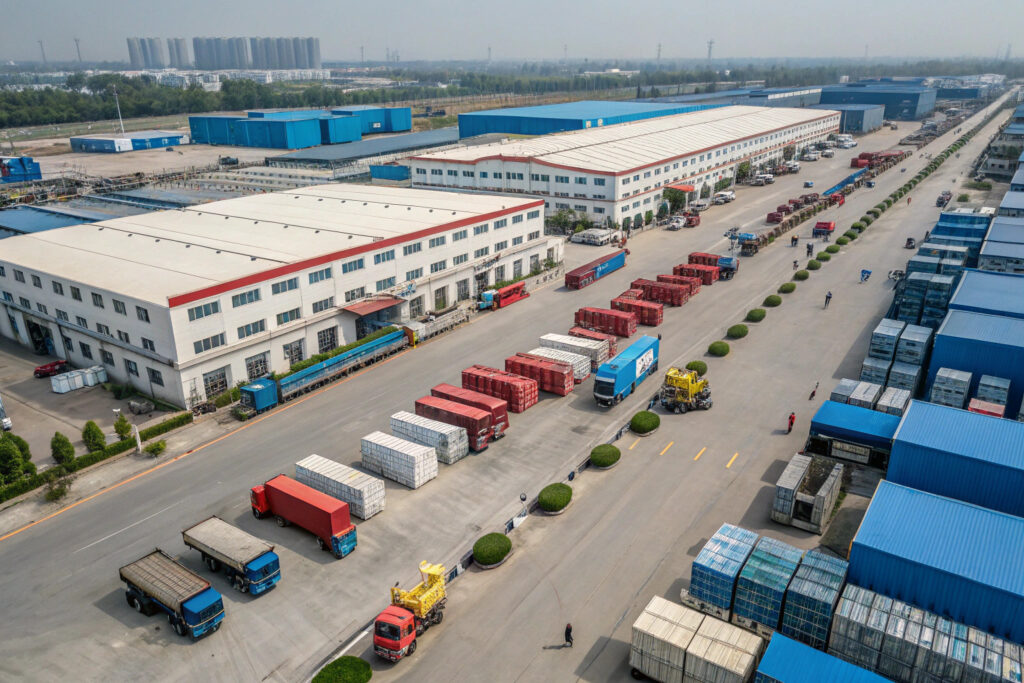
Where Should You Start Sourcing?
Some of the most efficient sourcing locations include:
- Keqiao (Shaoxing): China’s largest textile cluster, ideal for recycled and silver-fiber blends.
- Guangzhou & Shunde: Known for quick-dry synthetic knits and dyeing expertise.
- Suzhou & Changzhou (Jiangsu): High-end mills with GRS and OEKO-TEX certified antimicrobial lines.
Suppliers like Bossa Fabrics and H&H Textile have developed lab-backed collections for hats and activewear.
How to Source Directly?
- Use B2B platforms with a functional filter (e.g., anti-bacterial).
- Attend technical textile exhibitions like Intertextile Shanghai or ISPO Beijing.
- Work with sourcing agents who specialize in performance fabrics.
Websites such as Fibre2Fashion also list function-specific textile suppliers with production capacity and compliance credentials.
How to Verify the Quality and Certification of Functional Fabrics?
It’s not enough for a supplier to say “anti-bacterial”—you need to verify it. With rising scrutiny around health claims and safety, certifications are more important than ever.
Look for ISO 20743, AATCC 100, or OEKO-TEX labels on anti-bacterial fabrics to ensure quality and safety.
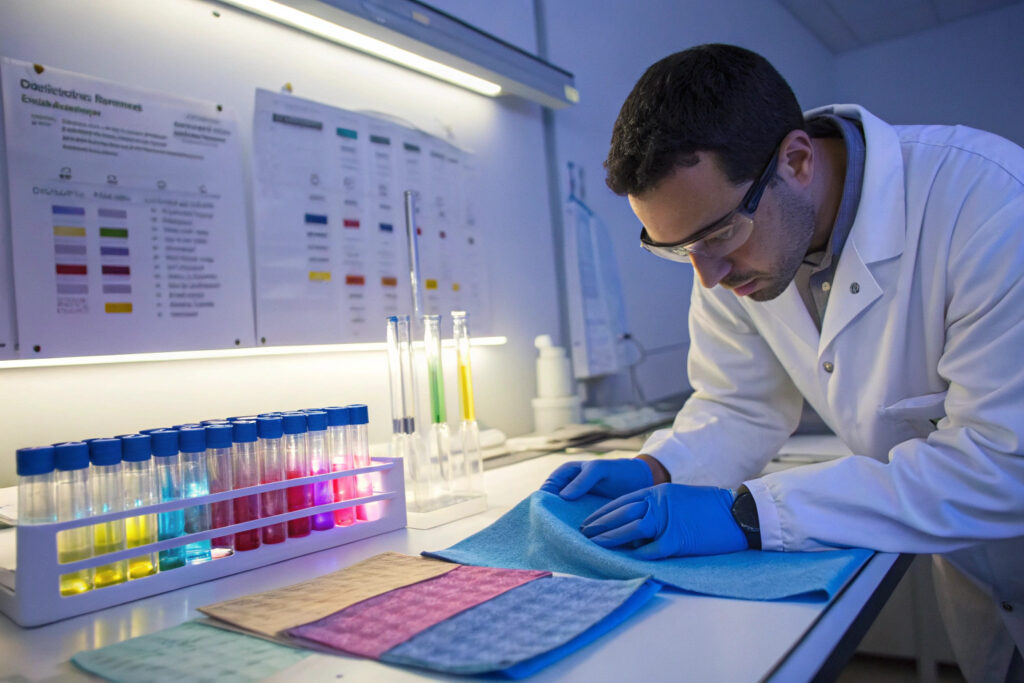
Which Certifications Matter?
- ISO 20743: Measures anti-bacterial performance in textiles.
- AATCC 100: Standard American test for bacterial reduction.
- OEKO-TEX Standard 100: Ensures fabric is safe and skin-friendly.
- CNAS Lab Results (China): Trusted by large-scale exporters.
If you work with Chinese suppliers, ask to see their CNAS lab sheets with bacterial kill rates before placing orders. As per SGS, such reports typically show 90–99.99% reduction under standard test conditions.
How Can You Spot a Reliable Mill?
- Provides full batch test data—not just stock images.
- Willing to share third-party lab results (SGS, Intertek).
- Can include antibacterial fabric tags on finished goods for brand transparency.
Also check compliance listings on Testex or Intertek when evaluating functional textile claims.
What Are the Cost and MOQ Considerations When Sourcing?
Performance fabrics usually cost more than regular woven cottons or polyesters—but it doesn’t mean they’re unaffordable. Price always depends on finish, blend, and supplier tier.
Expect to pay $2.00–$4.50/meter for anti-bacterial hat fabrics, with MOQs starting at 300–1000 meters per color.
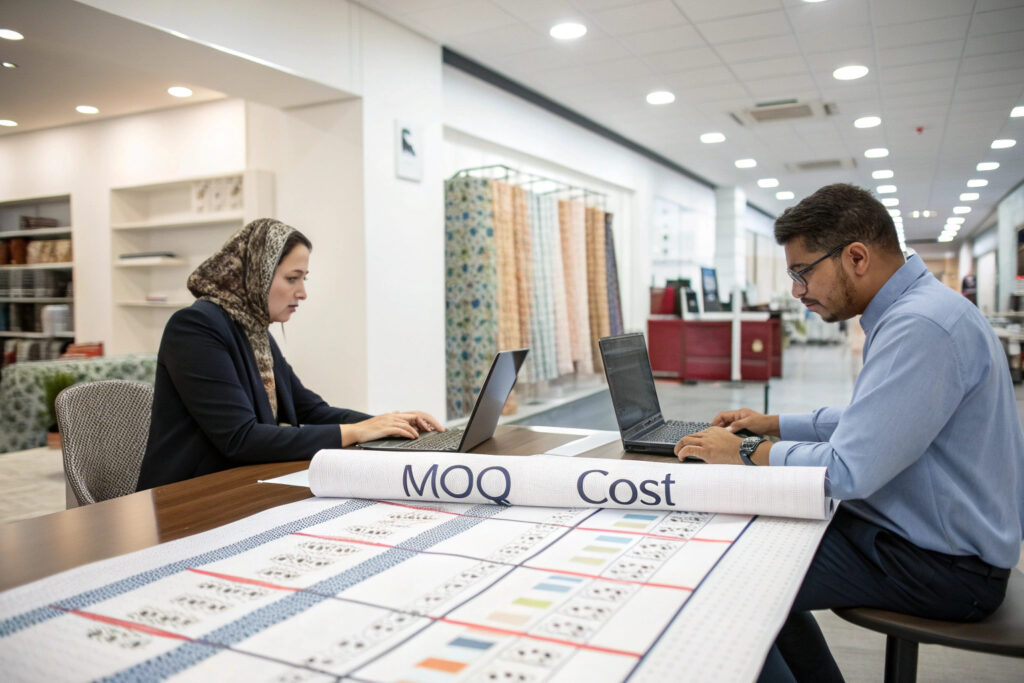
What Impacts Pricing?
- Type of Anti-Bacterial Finish: Silver-ion costs more than zinc spray.
- Fabric Base: Bamboo viscose and modal blends are pricier than poly.
- Certification Costs: Certified stock adds $0.30–$0.80/meter.
If you’re sourcing through platforms like Alibaba, always check if the price includes functional finishing or only the base cloth.
How to Reduce Sourcing Costs?
- Use in-stock colors: Dyeing new lots adds time and money.
- Consolidate fabric use across multiple SKUs.
- Work with suppliers offering split-MOQ for multi-color production.
The Texworld Trend Report also shows an increase in multi-functional fabric sourcing, where UV, moisture-wicking, and anti-bacterial features are combined in one fabric—reducing costs and inventory pressure.
Conclusion
Anti-bacterial fabric sourcing for performance hats doesn’t have to be overwhelming. The best approach is to balance functionality, certification, and supplier experience. Look for trusted partners in Keqiao or Jiangsu, focus on proven finishes like silver-ion or bamboo, and always request lab reports. At Global-Caps, we’ve built a network of fabric labs and direct suppliers, allowing us to turn your cap concepts into breathable, odor-free realities—fast.
Whether you’re launching a fitness brand or adding technical caps to your streetwear line, the right fabric source will make all the difference.
